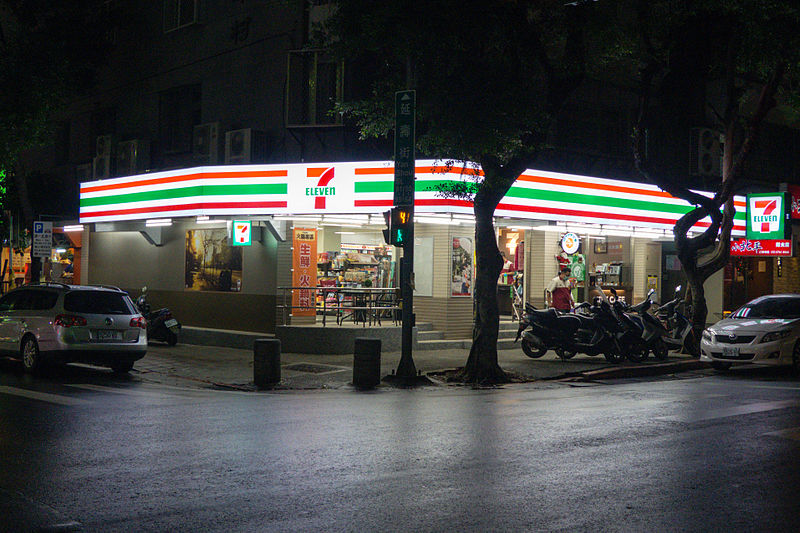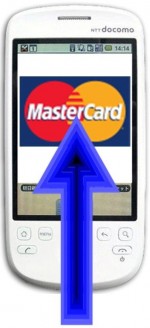Mobile commerce continues to grow more popular, but the market is becoming very fickle
Mobile payments are growing in popularity, but they have yet to reach their full potential. The mobile commerce space is constantly shifting as new payment services are introduced and companies move from one of these services to another very quickly. With businesses constantly changing the payment services they use, or opting to develop their own, it can be difficult for any single mobile commerce platform to gain traction. This can also lead to some confusion among consumers.
Convenience is what drives mobile commerce adoption
Mobile commerce is convenient, which is part of its appeal to consumers. Using a service like Apple Pay, someone can pay for goods and services with the information on their mobile device, removing the need to carry any kind of physical currency around. Digital wallets also serve as a replacement for conventional wallets. These applications have the ability to store credit card and payment information, as well as discount deals and special offers from retailers.
Retailers are moving from one mobile commerce service to the next, with some deciding to develop their own solution
 While there are some mobile commerce platforms that have managed to find success, many more are struggling to engage consumers, and the fickleness of businesses may be to blame. Convenience store chain 7-Eleven had been using an existing mobile payments solution in order to engage mobile consumers more effectively, but the company has decided to develop its own solution. As such, customers that have come to expect mobile payment support from 7-Eleven stores will have to wait until the company launches its own offering.
While there are some mobile commerce platforms that have managed to find success, many more are struggling to engage consumers, and the fickleness of businesses may be to blame. Convenience store chain 7-Eleven had been using an existing mobile payments solution in order to engage mobile consumers more effectively, but the company has decided to develop its own solution. As such, customers that have come to expect mobile payment support from 7-Eleven stores will have to wait until the company launches its own offering.
Restaurants are being affected by fluctuations in the mobile commerce market
Several restaurants have embraced the concept of mobile commerce, but they often move from one payment solution to the next. For restaurants that rely on a third party mobile commerce organization, any change that such an organization makes to its business structure or the services it offers can have an impact on a restaurant’s ability to accept mobile payments.
The credit card giant recently announced the beginning of a massive database for mapping available applications.
MasterCard unveiled its intentions at the World Retail Congress to begin a Europe-wide mobile app index that will map all of the shopping applications that are publicly available in Europe.
The name of this effort will be the Mobile Top App Index by MasterCard.
The purpose of this mobile app index will be to help to identify some of the best shopping applications that are available throughout the diverse European marketplaces. It is also meant to help to pinpoint some of the ways in which consumers in that part of the world are adopting and using their smartphone and tablet technologies as the shop while they are on the go. The top mobile commerce apps in Europe will be broken down into twenty different categories and are going to be announced next March at the Mobile World Congress.
The company hopes that its mobile app index will help to highlight some of the winning solutions out there.
 According to the MasterCard Europe president, Javier Perez, it has never been easier to purchase products and services through the use of mobile devices, “as innovation goes hand in hand with growing consumer demand.” He went on to explain that “MasterCard is a technology company connecting banks, retailers and consumers. Our Mobile Top App Index will highlight the most outstanding solutions in the mobile shopping app arena for the benefit of European consumers and retailers.”
According to the MasterCard Europe president, Javier Perez, it has never been easier to purchase products and services through the use of mobile devices, “as innovation goes hand in hand with growing consumer demand.” He went on to explain that “MasterCard is a technology company connecting banks, retailers and consumers. Our Mobile Top App Index will highlight the most outstanding solutions in the mobile shopping app arena for the benefit of European consumers and retailers.”
The ratings in the index will be applied to mobile commerce apps across thirty six different countries in Europe. This will be the result of the efforts of a dedicated team of experts from the company, in conjunction with Associate Professor (Reader) in Digital Innovation, Dr. Carsten Sørensen, from the London School of Economics and Political Science. Dr. Sørensen stated that the great diversity in m-commerce applications “fundamentally changes the way people think about their tasks.”
Dr. Sørensen also added that since shopping is among the activities that device users do quite regularly, this new index could potentially assist consumers in being able to find exactly the mobile app they require and it will become a driver for the industry as a whole.
 While there are some mobile commerce platforms that have managed to find success, many more are struggling to engage consumers, and the fickleness of businesses may be to blame. Convenience store chain 7-Eleven had been using an existing mobile payments solution in order to engage mobile consumers more effectively, but the company has decided to develop its own solution. As such, customers that have come to expect mobile payment support from 7-Eleven stores will have to wait until the company launches its own offering.
While there are some mobile commerce platforms that have managed to find success, many more are struggling to engage consumers, and the fickleness of businesses may be to blame. Convenience store chain 7-Eleven had been using an existing mobile payments solution in order to engage mobile consumers more effectively, but the company has decided to develop its own solution. As such, customers that have come to expect mobile payment support from 7-Eleven stores will have to wait until the company launches its own offering.
 According to the MasterCard Europe president, Javier Perez, it has never been easier to purchase products and services through the use of mobile devices, “as innovation goes hand in hand with growing consumer demand.” He went on to explain that “MasterCard is a technology company connecting banks, retailers and consumers. Our Mobile Top App Index will highlight the most outstanding solutions in the
According to the MasterCard Europe president, Javier Perez, it has never been easier to purchase products and services through the use of mobile devices, “as innovation goes hand in hand with growing consumer demand.” He went on to explain that “MasterCard is a technology company connecting banks, retailers and consumers. Our Mobile Top App Index will highlight the most outstanding solutions in the 